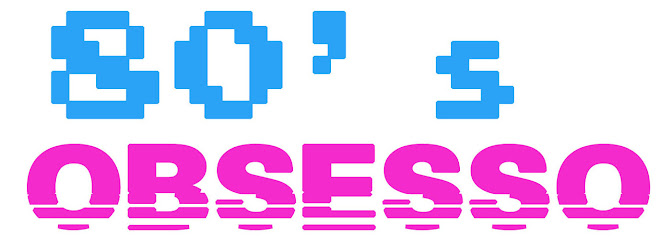
I was pretty damn pleased with myself with the find I had yesterday at the new Ninety-Nine Cent Records here in Portland (on NE MLK near Fremont, check 'em out). The unearthing of the self-titled debut of Bruce Woolley and the Camera Club on vinyl amazed me and perplexed the owner of the shop. I had seen videos of performances on TV shows of the day (circa 1979), but had seen very little information on them otherwise and was surprised to see that they had a full-length, let alone in my hand. You see, this long-winded and poorly marketed little group is more famous for the talent that it suppressed and was later released into the world. The most well-known outburst occurred when Woolley collaborators Trevor Horn and Geoffrey Downes released a new, immaculately produced version and video of an album track "Video Killed the Radio Star."
Yes, Woolley had something to do with writing this song (he has a 50% songwriting copywrite), but it didn't help the group to slap his clumsy name and bland good looks on the record cover. As the leader of the group, it might have done him some good to keep his ego in check, especially when your keyboardist is one of the great producers of the synth-pop era, Thomas Dolby. Let alone the fact you've got Horn at your disposal, the guy who would go on to produce Yes's "Owner of a Lonely Heart" and the Art of Noise, to name a few. Instead, we've got a few good songs, the best being "Video" and the other future Buggles classic "Clean Clean," played and produced in a pretty unimaginative way. Woolley's vocals are a little hammy and unmemorable. To Woolley's credit, his "English Garden" is pretty solid songwriting.
But all the talent that is wasted here is a bit frustrating. Dolby's sole co-songwriting credit goes to a short instrumental "W.W.9." Just two years later in 1981 he released the genius single "Europa and the Pirate Twins" and in 1980 The Buggles released the classic "Age of Plastic" album. Woolley's stayed fairly active in the music scene, including playing and singing on tracks of his former bandmates' albums. But it was truly a revenge of the nerds as the bookish Horn, Downes, and Dolby would become the superstars that Woolley dreamed of becoming.
All that been said, the album is totally worth check out and electicsynthetic.blogspot.com was kind enough to upload it here.

